woodworkcan
Well-Known Member
- Joined
- Jul 11, 2016
- Messages
- 67
- Reaction score
- 2
Hey KKF,
I wanted to share this "one-of-a-kind" butcher knife I found at a flea market.
I restored it a bit, in trying to keep the original patina and old looks.
The handle was in rough shape, so I had to sand it.
But in doing that, I discovered it was made of birds-eye maple.
Can someone explain what is going on with the blade splotches?
Is it the uneven tempering process that was responsible for that look?
What do you think is the age?
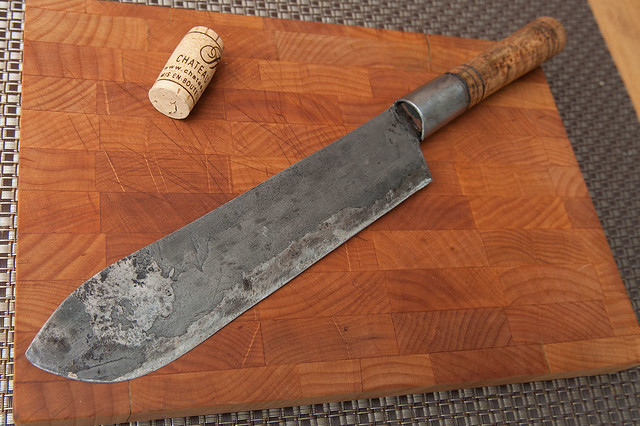 _DSC0144
_DSC0144
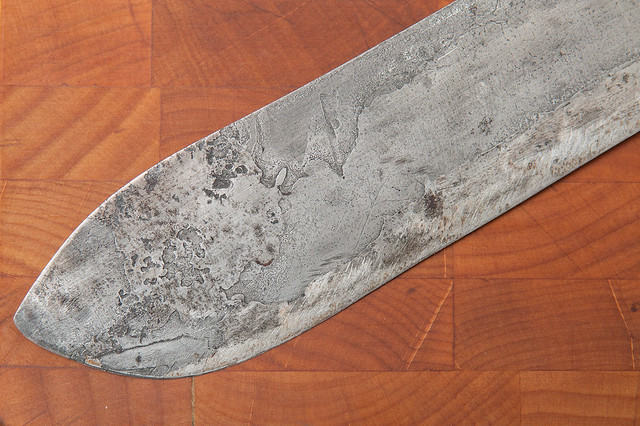 _DSC0145
_DSC0145
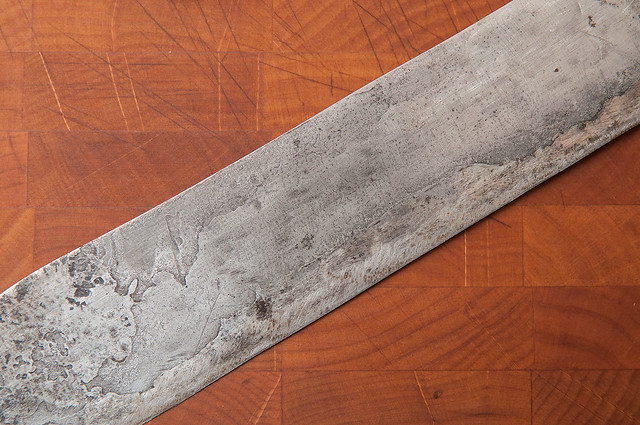 _DSC0146
_DSC0146
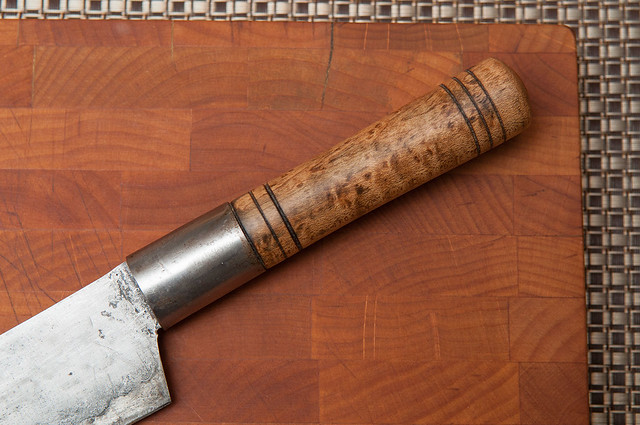 _DSC0148
_DSC0148
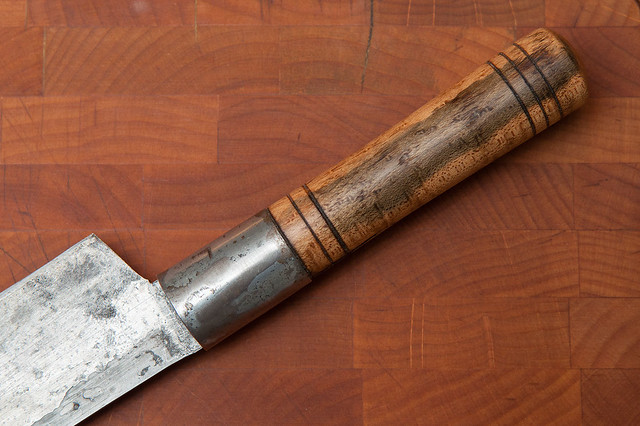 _DSC0151
_DSC0151
I wanted to share this "one-of-a-kind" butcher knife I found at a flea market.
I restored it a bit, in trying to keep the original patina and old looks.
The handle was in rough shape, so I had to sand it.
But in doing that, I discovered it was made of birds-eye maple.
Can someone explain what is going on with the blade splotches?
Is it the uneven tempering process that was responsible for that look?
What do you think is the age?
 _DSC0144
_DSC0144 _DSC0145
_DSC0145 _DSC0146
_DSC0146 _DSC0148
_DSC0148 _DSC0151
_DSC0151




